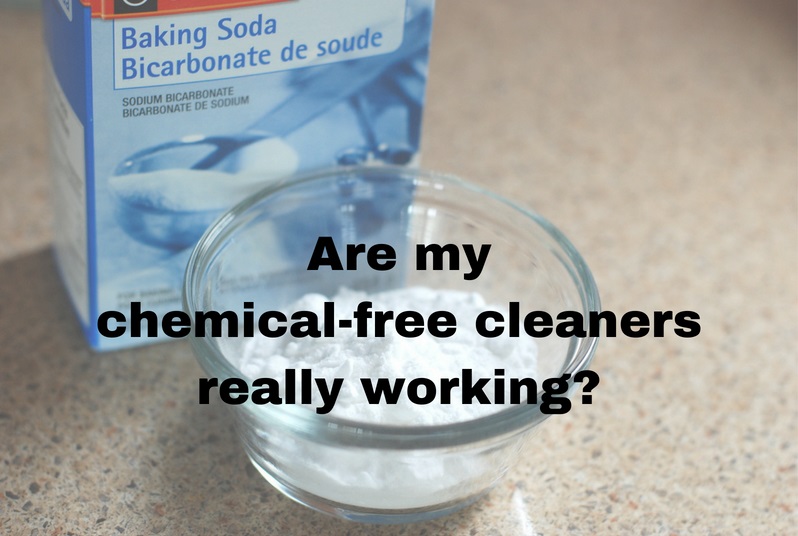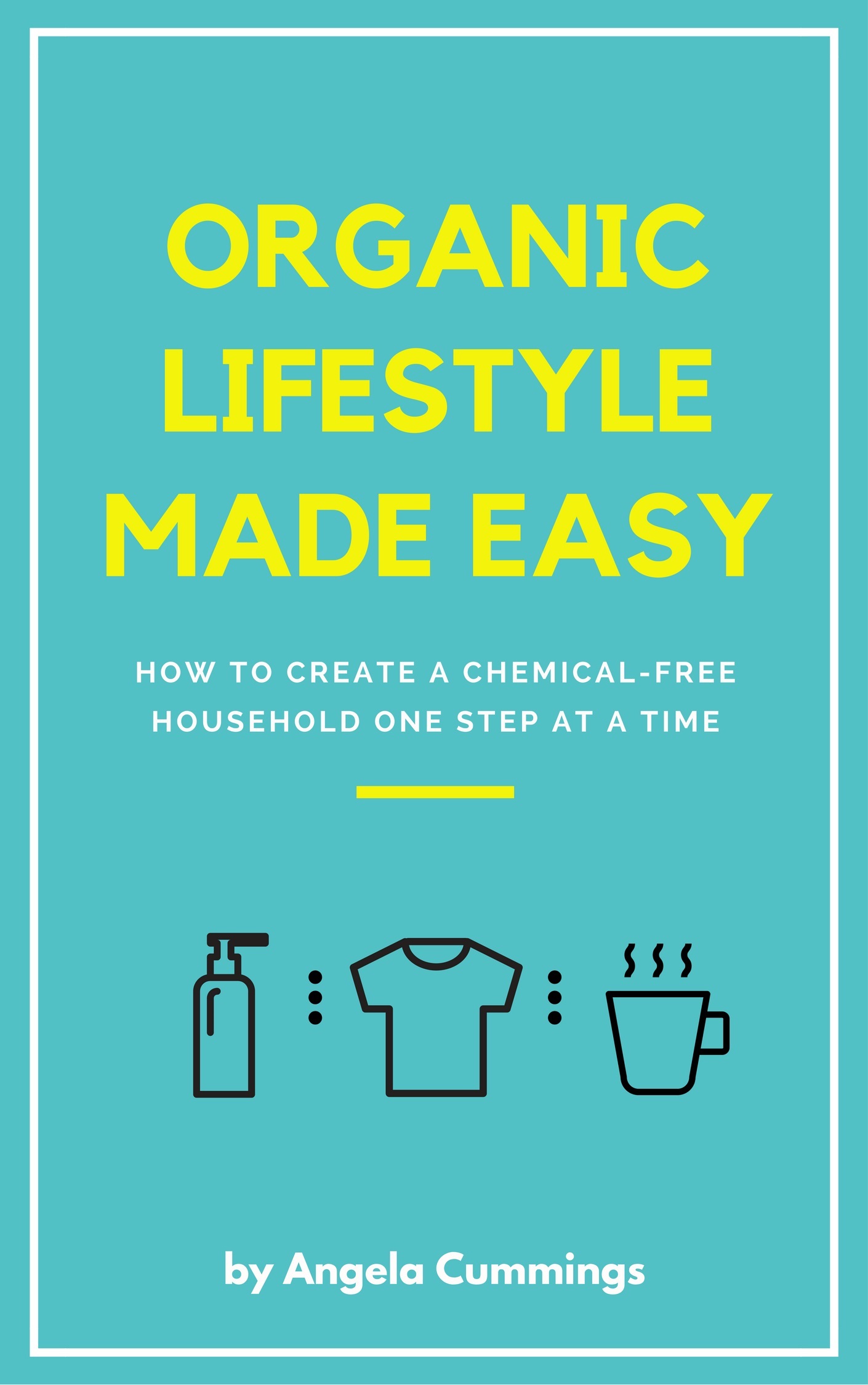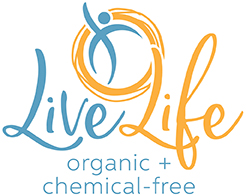
Good friends tell you when you have food in your teeth. My good friends are also honest with me about the challenges of switching to an organic and chemical-free lifestyle.
When it comes to cleaners, my good friend Lorry pointed out: nontoxic cleaners don’t smell clean.
That’s a big change for many people.
Our brains have learned to associate “chemical” smells with “clean.”
So, when our cleaners don’t have a chemical smell our brains are programmed to think “it’s not really a cleaner.”
History and science tell us otherwise, though.
Nontoxic cleaning ingredients and methods have been used – effectively – for decades.
Chemical-Free Cleaning Ingredients
These top five time-tested ingredients have been used to clean over many years. They remove dirt, dust, grime and bacteria in thousands of homes, still today, cleaning effectively without the chemical smell.
- Baking Soda.
Use baking soda as a nonabrasive scrubbing agent. Mix with a few drops of water (and I do mean a few drops!) to turn baking soda into a thick paste used to scrub food from kitchen sinks, stains from counters, and soap scum from shower doors.
No smell.
No stuck-on grime when you’re finished!
- Hydrogen Peroxide.
An antibacterial, hydrogen peroxide works to break down slimy accumulations around sink drains and crumb catchers. It kills bacteria on bathroom and kitchen surfaces, and can be used to kill mold on bathroom tiles and ceilings.
Pour peroxide directly into the sink to disinfect drain areas. Fill a spray bottle with peroxide and generously spray onto mold or larger sink surfaces to kill mold and bacteria that has accumulated on vertical surfaces. After spraying with hydrogen peroxide to kill mold and bacteria, wash with soap and water.
Word of caution: use hydrogen peroxide that’s 3% (found on grocery or pharmacy store shelves) instead of food-grade hydrogen peroxide that’s too strong for this purpose.
No smell.
No slimy bacteria or live mold spores, once cleaned.
- Nontoxic Soap.
Dish soap or castile soap is very versatile and can be used in nearly every area of our homes. Be sure to choose nontoxic soaps. The easiest way to ensure your dish soap is nontoxic is to use the Environmental Working Group’s Guide to Healthy Cleaning. These guys, brilliantly, rate cleaning products using an “A” to “F” health rating. SO easy to use.
Depending on which soap you choose, this COULD give your cleaner a fresh smell. Different than the chemical cleaner smell that you might be used to, but a smell none-the-less. It only takes a few drops in a bucket of soap to make a good effective cleaner for washing floors and dusting night stands.
No smell if you choose fragrance free, scent if you choose scented soap.
No dust, dirt, grime once cleaned.
- Vinegar.
Vinegar can be used as a nontoxic toilet cleaner that kills bacteria and thereby eliminates odors at their source. Its initial smell (offensive to some) fades fast, particularly when being flushed down the toilet. Pour a splash of vinegar into the toilet bowl, along with a few drops of nontoxic soap. Scrub with your toilet brush, then flush. Done!
A small splash of vinegar can be added to a bucket of water with dish soap for whole-house cleaning.
Words of caution: 1) there’s conflicting evidence showing too much vinegar on certain floor surfaces can damage the flooring, so use your best judgment here; 2) mixing vinegar and baking soda creates an ineffective cleaner since the two ingredients cancel each other out per basic science principals; and 3) mixing vinegar and castile soap makes the soap ineffective as the vinegar turns the castile soap into oil, it’s original state, and oil is not an effective house cleaner.
Slight smell. Short lived, goes away quickly.
No bacteria related odors left behind.
How much time will it take until I feel like my nontoxic cleaners actually clean?
Associating “clean” with “no smell” or a different smell can take some time. What I hear from most people is 3-4 weeks, which aligns with my own personal experience and guidance from habit experts – 30 days makes sense.
As with any new habit, it’s about creating a new path in the brain.
Habits start with the decision (consciously or subconsciously) doing the same thing over and over, until there is a new path carved into the brain.
Think of a newly-forming river. At first the water travels over the top of the earth. As the water travels that exact same path, time after time, it cuts a path deeper. In the early stages, the water may stray from the path a few times, but eventually, as that path becomes engrained deeper into the soil/earth, the water naturally flows along that same exact path time and time again.
The brain works in a similar way. In order to create a new association linking “no smell” with clean, we have to consciously decide to use nontoxic cleaners and recognize that our homes ARE indeed clean. Doing this repeatedly creates a new path in our brains that eventually will connect the two things automatically, associating “no smell” with clean house.
Learn how to live a fully organic, chemical-free lifestyle with Organic Lifestyle Made Easy: How to create a chemical-free household one step at a time.

